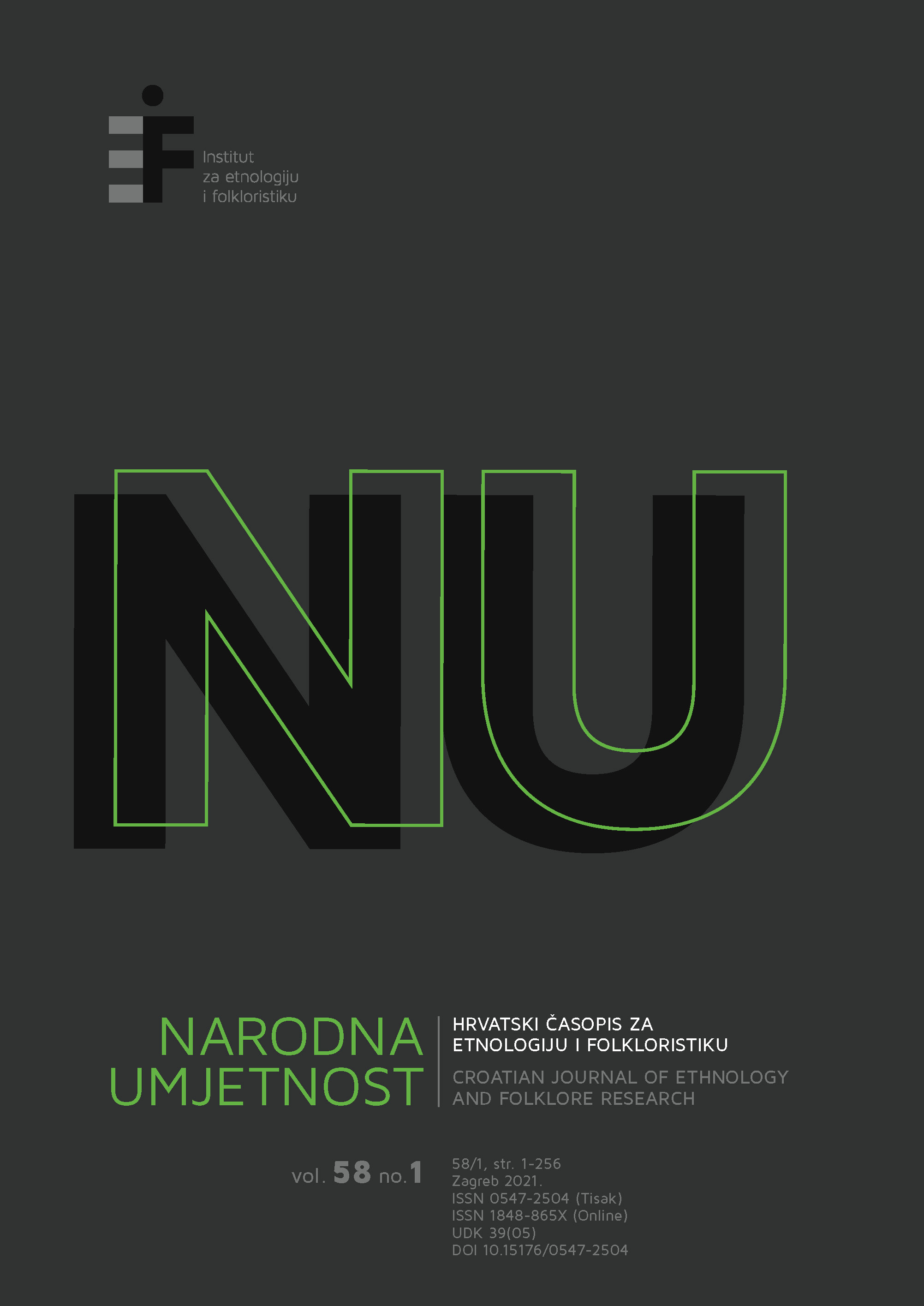Health Conditions and Combating Epidemics in the Lika Regiment in the 18th and 19th Century
Abstract
In the middle of the eighteenth century, a reorganization of the Croatian-Slavonian Military Frontier took place, which resulted in the establishment of eleven Grenzer regiments, designed to function both as military and territorial units. Although the guiding thought behind the reform carried out by the central authorities in Vienna was to integrate as much as possible the diverse Grenzer areas stretching along the border between the Habsburg Monarchy and the Ottoman Empire, certain regimental territories remained specific due to their characteristic features. In this regard, the Lika Regiment stood out as the only area in the entire Military Frontier which faced the lands of two imperial powers – the Venetian Republic and the Ottoman Empire. Furthermore, this was one of the most economically underdeveloped Grenzer areas, because unfavorable climate and terrain contributed to the scarcity of arable land. However, this territory also constituted a valuable recruitment ground for the Habsburg armies. All these factors had a significant impact on the health of the inhabitants of the area, which is the main focus of this paper. On the example of the Lika Regiment, the paper will give an overview of the impact that infectious diseases had on the lives of local inhabitants, as well as of the role that the Lika Grenzer played within the Habsburg Sanitary Cordon during the eighteenth and nineteenth century.
Keywords: Military Frontier, Lika Regiment, health, epidemics, 18th century, 19th century

